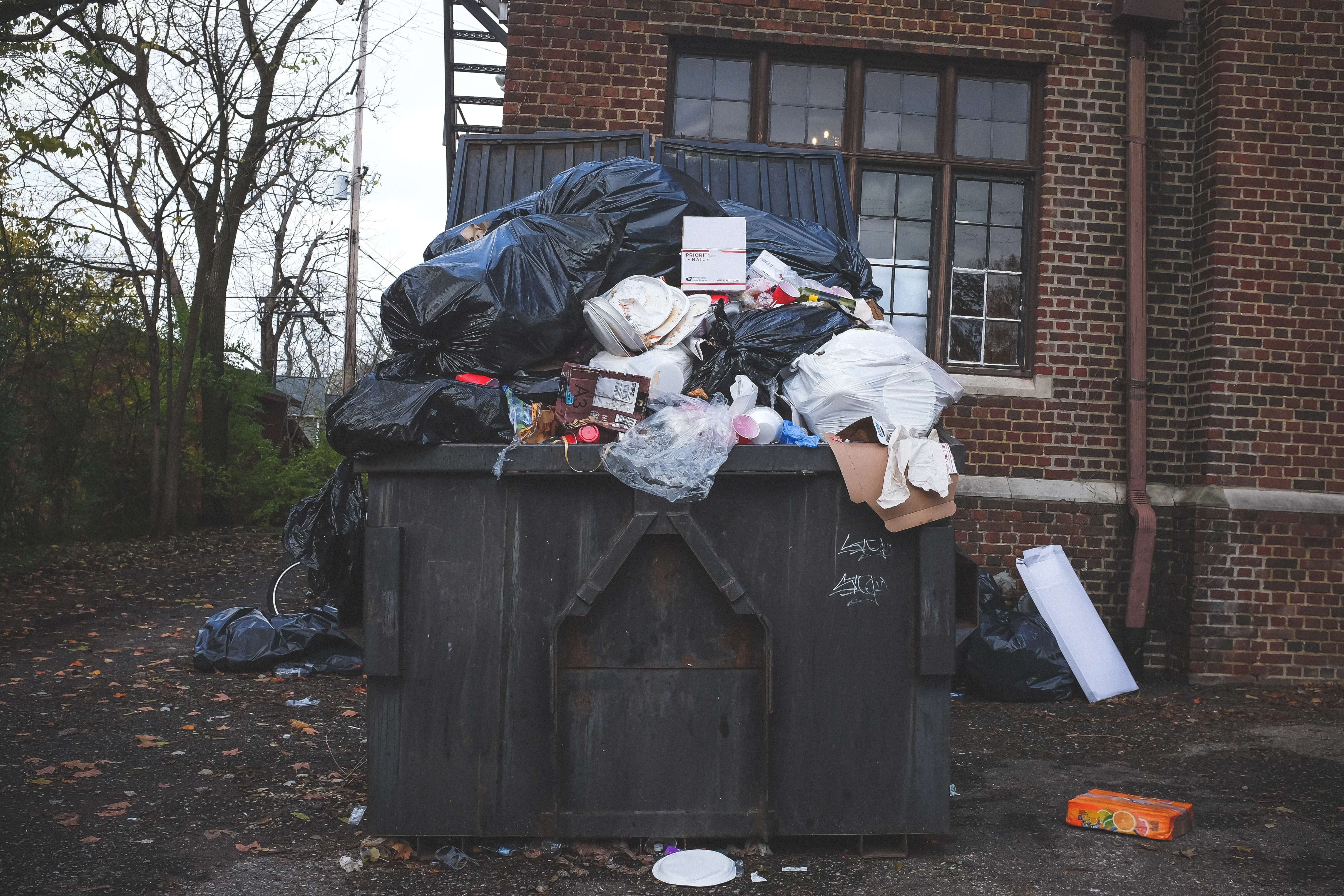Waste Nothing in Waste Collection: Container Sensor Technology

Waste hauling has been a tried and true service for decades. Operating on a daily basis to ensure sanitation for the general public the practice has largely been unchanged. Traditionally, waste haulers drive set routes through cities, picking up containers on a fixed schedule, regardless of how full they are. This practice within the waste industry is ironically wasteful. When haulers pick up containers that aren’t completely full, more trips are required to empty the same amount of trash, exhausting time and fuel resources in the process. To further optimize pick up schedules and routes, waste haulers would need to monitor the fullness levels of containers. Some companies do this by hiring dedicated operations employees to audit the containers, by assigning drivers to monitor and report, or by having their customers provide fullness reports. These often inaccurate methods can result in even more inefficiencies for haulers and customers. On the other hand, container sensor technologies present a modern way to measure fullness. While there is still some room for development in the ultrasonic sensor space, new advancements in image-based sensor are also promising. Both of these technologies help both haulers and customers to save money, time, and, ultimately, the environment.
Ultrasonic Sensors
Ultrasonic sensors work by sending out high-frequency sound waves into the waste container and measuring how long it takes for the sound to bounce back to the sensor. The ultrasonic sensors can then calculate the approximate waste volume. These sensors also connect to IoT analytics software to allow for transparent and optimized collection services. Customers can verify their containers have been serviced and cut costs in the process. Drivers can plan their routes in advance, only servicing containers when required. Providers like OnePlus and Nordsense claim that ultrasonic sensors are the waste technology of the future, but there are some concerns with the system’s accuracy. When used in smaller front-load waste containers, the sound waves are able to detect the fullness decently well. However, in larger front-load and roll-off containers, these sensors have difficulty getting consistent and accurate measurements. Depending on how evenly and where exactly the waste has piled up in the bin, the ultrasonic sensors may read the container as fuller than it actually is. Some startups are attempting to solve this problem with a new form of container sensor technology.
Image-based Sensors
Compared to ultrasonic sensors, image-based sensors like Compology use cameras to determine the fill level. These sensors are wide-angle cameras mounted to the inside of the container. These images can be accessed by haulers for a real-time visual of the container’s fullness. Cameras allow continuous auditing of waste streams, and machine learning is applied to the imagery to analyze contents, automatically identifying contamination and measuring performance. If an employee dumps a bag of trash in a container meant for recyclable plastics, haulers and clients can both be alerted. With ultrasonic sensors, this contamination source would have gone undetected, leading to potential contamination of the entire truckload of recyclables. Technology like the type Compology implements allows haulers to decrease the amount of contamination at the disposal site, ensuring the profitability of recycling for haulers and empowering customers to reach their zero waste goals. These image-based sensors are the only technology suitable for roll-off containers, and they connect to their own IoT analytics software to provide their clients and drivers with the most up-to-date information on their waste collection services.
All of these sensors provide more efficiency than the current method of routing and emptying containers on a schedule. Based on costs, some sensors are better than others for specific applications. Working together with this technology, haulers and customers can create efficiency resulting in reduced costs to the client and higher profits to the hauler.